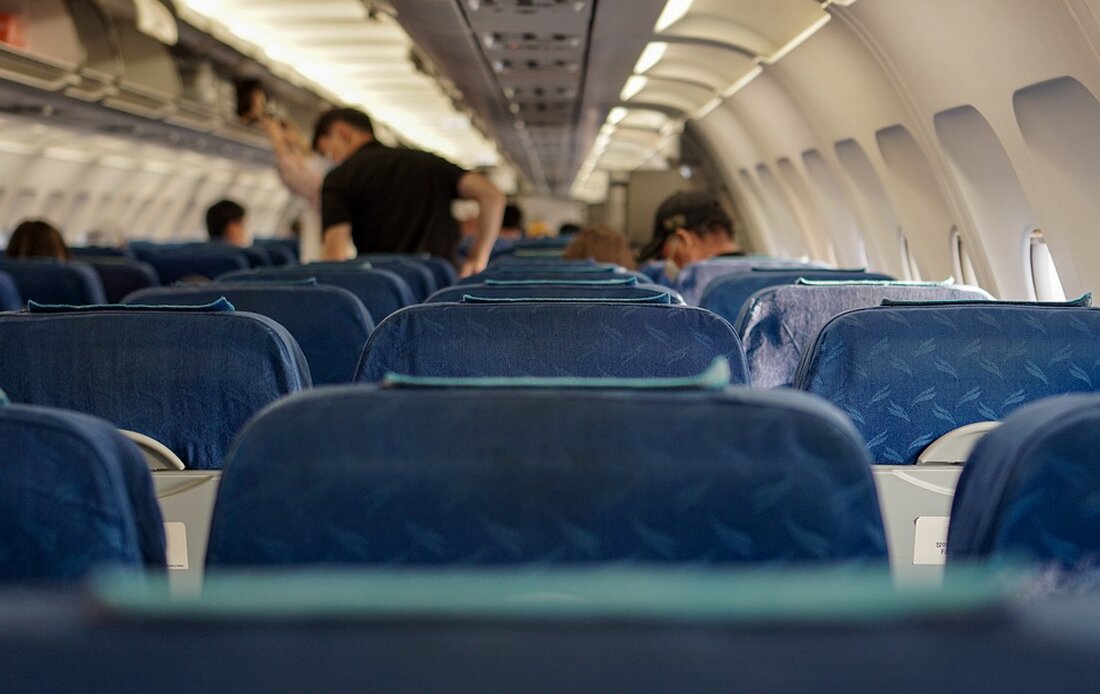Circulatory shock on a plane: shortage of doctors causes excitement!
Incident on a plane from Turkey to Hanover: Passenger urgently needs medical attention, crew and equipment inadequate.

Circulatory shock on a plane: shortage of doctors causes excitement!
A medical emergency occurred on a flight from Turkey to Hanover, putting passengers and crew on alert. One passenger suffered circulatory shock during the flight and had difficulty breathing. How derwesten.de reported, the cabin crew initially did not intervene with immediate life-saving measures, which aggravated the situation.
Fortunately, there were two doctors on board who immediately initiated medical measures. However, the first aid kit available was inadequate, forcing doctors to perform chest compressions to save the passenger's life. Access to an emergency kit, which may have contained other vital medicines and equipment, was only granted after showing a doctor's ID. This delayed response from the crew led to a different perception of the situation between the cabin crew and the attending medics, with the staff considering the situation to be “under control” while the medics were concerned about the passenger's condition.
Frequency of medical emergencies on aircraft
Such incidents are not rare. Every year, around 2,500 people die during a flight, mostly due to acute cardiovascular failure. Statistically speaking, an airline that carries 40 million passengers a year has one death per month. Non-fatal medical events are even more common, with estimates ranging from 8 to 48 incidents per million passengers. The likelihood of emergencies has increased, particularly with the increasing number of older passengers, with every second passenger expected to be over 50 by 2030. Flight stress and changing conditions on the plane can significantly aggravate existing illnesses.
Despite the frequency of medical emergencies, there is no comprehensive documentation requirement for such incidents worldwide. Only 17% of medical emergencies are recorded, although in Germany only a few airlines such as Condor, Germanwings and Eurowings offer standardized reports. In view of the fact that an estimated 400,000 incidents, of which around 45,500 are significant events, occur with two billion air travelers worldwide every year, airlines are required to consistently document all medical incidents.
Medical equipment and legal framework
The medical equipment on the aircraft varies greatly. While all European airlines have first aid kits, only 82% have a full medical kit on board. Since 2004, US airspace has required aircraft with more than 12 seats to be equipped with automated external defibrillators (AEDs). Some airlines also offer ECG machines to enable real-time diagnoses by specialists on the ground.
The training of on-board personnel in dealing with medical emergencies also varies greatly. The standard course lasts just two days, followed by annual refresher courses. In Germany, the German Medical Association is committed to ensuring professional medical supervision when using AEDs by laypeople. At the same time, liability issues for doctors providing assistance on board are unclear and depend on the country of aircraft registration. The Aviation Medical Assistance Act protects doctors on American airlines from liability under certain conditions, while German airlines such as Lufthansa also insure doctors in their liability policies.
There are numerous options for doctors to prepare for emergency situations, including IATA's international training program. Standardization of on-board equipment and clear instructions could significantly improve medical care on board and make it easier to deal with emergencies. The legal exemption from liability for helping doctors should also be regulated by independent insurance companies.

 Suche
Suche
 Mein Konto
Mein Konto